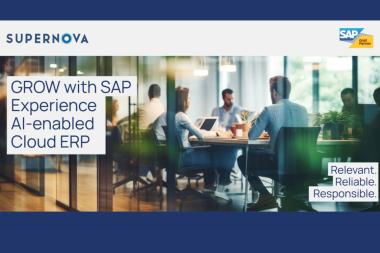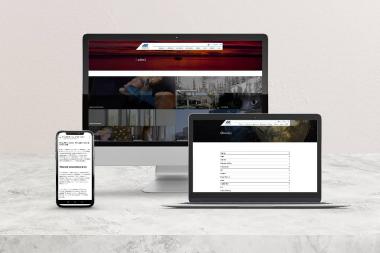How can organizations build a customer-centric culture by starting from their own people?
HR departments usually focus their processes and efforts on building strong relationships with employees without taking into account the impact customers have on this. While empowering employees to succeed is crucial to any company, HR departments might overlook external opportunities that could benefit the organization’s broader business strategy.
“Almost every HR practice can be filtered through the eyes of the customer”, Dave Ulrich, Professor of Business at the Ross School of Business, University of Michigan
By considering customers’ needs an HR department can improve HR practices in the utmost beneficial way for a company. Additionally, by interacting with customers and improving customer relations, the HR department can achieve having healthier, happier, and more successful employees.
A Customer-centric culture depicts an organization that acts from a customer’s point of view. Employees are no longer in the center of management decisions, customer needs come into the center of the company’s culture and daily focus. As a result, the organization will enjoy benefits when these two are aligned. Therefore, it is acutely important that each employee understands how customers feel, what customers need and why.
“To think and act in the interest of the customer, everyone must be clear about the role they play in making that a reality”, Ian Golding, 7 Top tips to create a customer-centric culture
For an organization to achieve this, the best place to begin is with its employee management strategies. The implementation of these strategies can be done through systems that help HR professionals understand, train, retain and reward employees while on the other hand, implement internal management tools and business processes to reduce the time consumed on daily, repetitive and non-critical tasks within organizations.
The use of modern, cloud-based Human Capital Management (HCM) solutions can facilitate this development in ways not considered possible before.
- Employees meet customers from day one
Enabling strategic onboarding with features that help new hires feel connected and informed, employees have the ability to meet and interact with their peers while getting familiar with organizations business strategy.
Customers undeniably play a vital role in the sustainability of the company and its organizational culture, therefore new employees joining an organization need first of all to get a taste of who their customers are and what they value most in the company. In order to make this a reality the strategic onboarding process should include customer stories, their industry backgrounds, their focus areas and, most importantly what needs and expectations they have.
While formulating and cultivating a customer-centric culture, customer feedback can prove to be a valuable source of insight for employee development.
- Paint the entire picture with 360-degree reviews
Establishing multi-rater review processes provides feedback from multiple sources including employees, peers, managers and customers. Clear insight into strengths and weaknesses coupled with better understanding of customer demands and expectations can help with individual self-awareness along with talent development.
In other words, a more balanced, well-rounded and informative picture of employees can be painted when feedback from customers is included.
According to HR professional Sharlyn Lauby, to capitalize on the opportunity of enhanced feedback multi-rater review offers, an organization must clearly define the objectives, train the raters, and design a process that encourages open discussion.
Training customers as raters can be part of an organizations’ comprehensive learning effort.
- Train the organization community inside out.
Organizations can improve competitiveness and customer satisfaction by shifting learning efforts focus from internally to internally AND externally.
Employees are put at the center of the learning experience by being both teacher and student while developing new skills, sharing ideas, and gaining insights. Furthermore, environments created for partners, customers and other external audiences can improve customer development and retention.
Extending Learning to external audiences provides the power to transform the organization and execute a digital strategy to improve engagement.
To that end, social collaboration can be of great importance in solving business-critical issues and driving results.
- Connect and collaborate
Enabling employees and customers to achieve common goals by connecting, sharing information and developing ideas can reduce analysis and development time. Monitoring discussions and quick follow-ups through system notifications help customers organize work, incorporate data for decision making and streamline key business processes.
Progression into the digital workplace has been empowering both employees, customers and external professionals to achieve a continuous, more efficient communication and collaboration with little effort or delay; thus, contributing parties gain a competitive advantage as far as their performance, personal or professional development is concerned.
Cultivating a sustainable customer centric culture can drive great results. However, such cultures don’t thrive on their own. The power and strength can come from within the organization.
Business innovation through technology comes from and through our people.
Supernova Consulting Vision
Author: Evgenia Antoniou – Business Solutions Support Consultant AKT Cyprus (Supernova)











